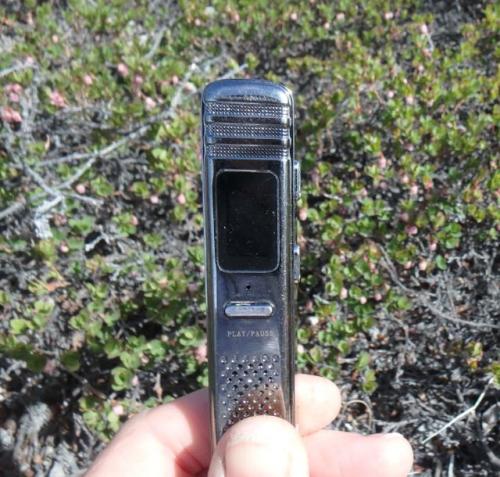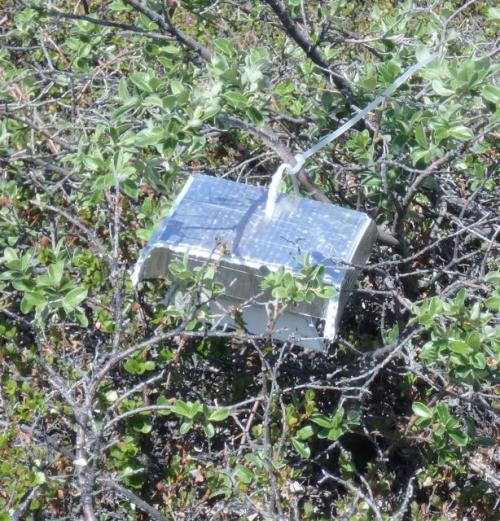Doing Science Outside
Field work is important for advancing scientists' understanding of how the world works. People who I have met here are studying so many different things:
- Glaciers - depth, melting, movement, topography (surface shape), and topography of the land below them
- Plants - where they live, how big they grow, when they bloom, how pollinators interact with them
- Soil - the active layer above the permafrost, how fast decomposition occurs, which nutrients are available, how the soil and plants interact
- Insects - what insects are here, how insects interact with plants, when insects grow and develop
- Water - what is in it, where it flows
It is important science because Arctic regions are warming up 2-3 times faster than the rest of the world; understanding the effects of climate change here can help the rest of the world adjust for climate changes elsewhere.
Documenting Abiotic Variables
An important thing to keep in mind when doing field work is to carefully document conditions and variables. Abiotic means the parts of an ecosystem that are not alive like rocks/minerals, air, water, sunlight. Scientists document all the weather conditions when they are working outdoors as well as all of the details about their work. Some conditions that should always be recorded include:
- date
- temperature
- cloud cover
- precipitation
- wind speed
- wind direction
 An anemometer is used to measure wind speed.
An anemometer is used to measure wind speed.
 Information and data can be recorded orally.
Information and data can be recorded orally.
 An iButton inside this reflective box records the temperature all season.
An iButton inside this reflective box records the temperature all season.
Controlling Variables
It is also important to organize experiments, so people can identify which variables affect the outcomes or cause the results. This means that a scientist tries very hard to change just one factor, variable, at a time in an experiment (the independent variable). In the research we are doing here, each site is the same size and made up of the same plants. These are variables that are the same are called control variables. Half the sites are in one condition (warmer), and half are in the other (colder); so temperature is an independent or tested variable. Each site has 15 test plants (hand-pollinated by a scientist) and 15 control plants (not hand-pollinated), so hand-pollination is an independent or tested variable. Because we didn't change too many variables, we hope to be able to reach clear conclusions. We hope to be able to determine what conditions are best for blueberry growth and also whether or not pollinating insects are effective in doing their job (dependent variables).
Documentation
Finally, scientists carefully record each step in the procedure they use, as well as all of the variables, observations, and data collected. This is what other scientists will use in order to replicate the study. In other words, other scientists should be able to use the procedure to repeat the experiment, so they can try to achieve the same results. If the same results are reached multiple times, then we can conclude that there is a consistent pattern, and the results are reliable. With polar science, we are seeking to understand all of these different parts of the ecosystem, so we can model how it works now and what will happen in the future.
Flag of the Day
 Honorable Mention Arctic animals as expressed by the Northern Lights by Emily
Honorable Mention Arctic animals as expressed by the Northern Lights by Emily

Comments